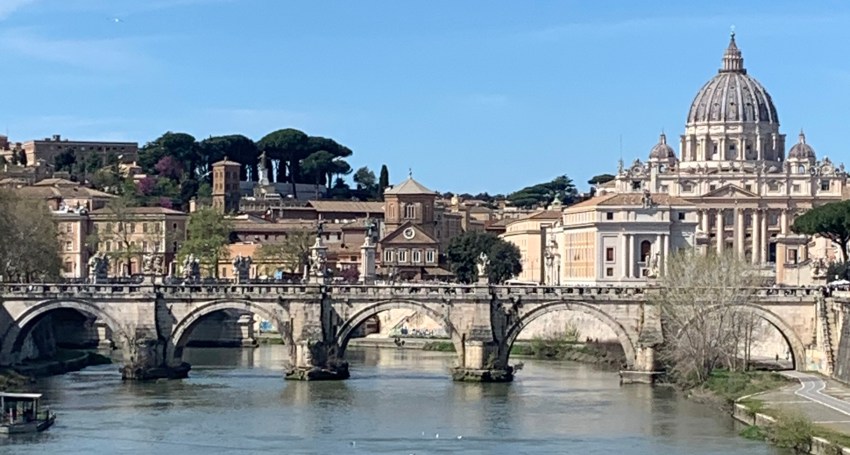Where were you when…?
Opinion
We were at the start of a geography lesson when Nick Hamilton turned around towards me and Ian.

“Have you heard about the Pope?” he said.
Nick was an overly eager type, friendly and who often spoke before he thought. It was just after nine o’clock on a Friday morning in late September 1978 and done in by the week already, we ignored him. He was also a month late with the news.
Nick though was made of sturdy stuff, if loose on detail.
“No, not that pope. The new one. He’s died.”
Advertisement
Our attention now fully engaged, he told us that Pope John Paul I had indeed passed away after a shockingly small spell in office of just 33 days.
It was a moment to recall exactly where you were and what you were doing, even almost 50 years on. Nick didn’t have much more to offer and this being pre-Google, it was a case of wait until you got home and could stick the telly on for further detail.
Last month was very different. Only hours after Pope Francis had been seen passing through St Peter’s Basilica crowds in his popemobile, the news broke that he had died, aged 88. With hindsight you can see that he was very frail indeed and had made a supreme effort to get out among his people, on his home ground, on Easter Sunday.
A little more than two weeks later, at 2.27am on May 9 and in a far more efficient manner than Nick had managed, a text arrived on my phone from a news outlet to say that a new pontiff had been chosen to succeed Francis. Once it was past 5am many more texts came pouring in as Australia awoke to find out that Robert Prevost – or Pope Leo as he was already now known – was the leader of about 1.4 billion Catholics across the globe.
The day was manic as media and the public sought news and tiny detail about the incomer. That he was American added great heft to the news value, that he’d spent a long while in Peru added the spice. That he immediately came across as a decent, grounded and compassionate man was that we all wanted to hear.
He is also at 69 years old, in papal years a near baby, but it is an age that potentially offers a platform of considerable time in which to shape his pontificate. Assuming that we have the right pontiff of course (and we have), it is deeply reassuring, an upbeat intangible not in huge supply generally right now.
Pope Leo is pontiff number 267 in a succession that began about 30 years after the death of Jesus. Surprisingly, the average time each pope stays at the helm is just seven and a half years. You’d think it would be more, but closer inspection shows the figures to be skewed by the early centuries data when the life span of any sort was not especially encouraging.
Dioscorus was particularly unfortunate in this respect. Elected in 530 following the death of Pope Felix IV, he lasted just 22 days. He won the papal vote fair and square it seems before it transpired that Felix had requested that another man, Boniface, succeed him. Curiously, Dioscorus died less shortly after his election, which allowed Boniface to become pope and, in an (uncalled for surely?) twist of the knife, he then branded Dioscorus an antipope.
Advertisement
Colour and news value, in its many forms, has always been a constant of the papacy.
It’s a quirk of the human psyche how you can keep in mind a pope from your youth, often years after he has passed away, as being the current pontiff still. Pope John Paul II, who lived in the Apostolic Palace for 26 years from 1978, is the classic example here. He was too perhaps the first pontiff to be truly recognised almost anywhere on earth, a universal fame arguably yet to be matched by his successors.
The only man to surpass the Polish pontiff for length of service was Pope Pius IX who led the Church for 31 years in the mid 19th century. Our new pope will know that
Pope Leo XIII, the man from whom he takes great inspiration, was at 25 years (or 9281 days) the third longest serving pontiff.
Such longevity at times of worldwide turbulence and uncertainty can offer comfort and reassurance not just to Catholics but far beyond. It is a reminder that the pope can be a figurehead not just for stability but also for the values of social justice and compassion that Pope Leo has already talked about and that touch all corners of this earth.
He will very much be a global pope.








